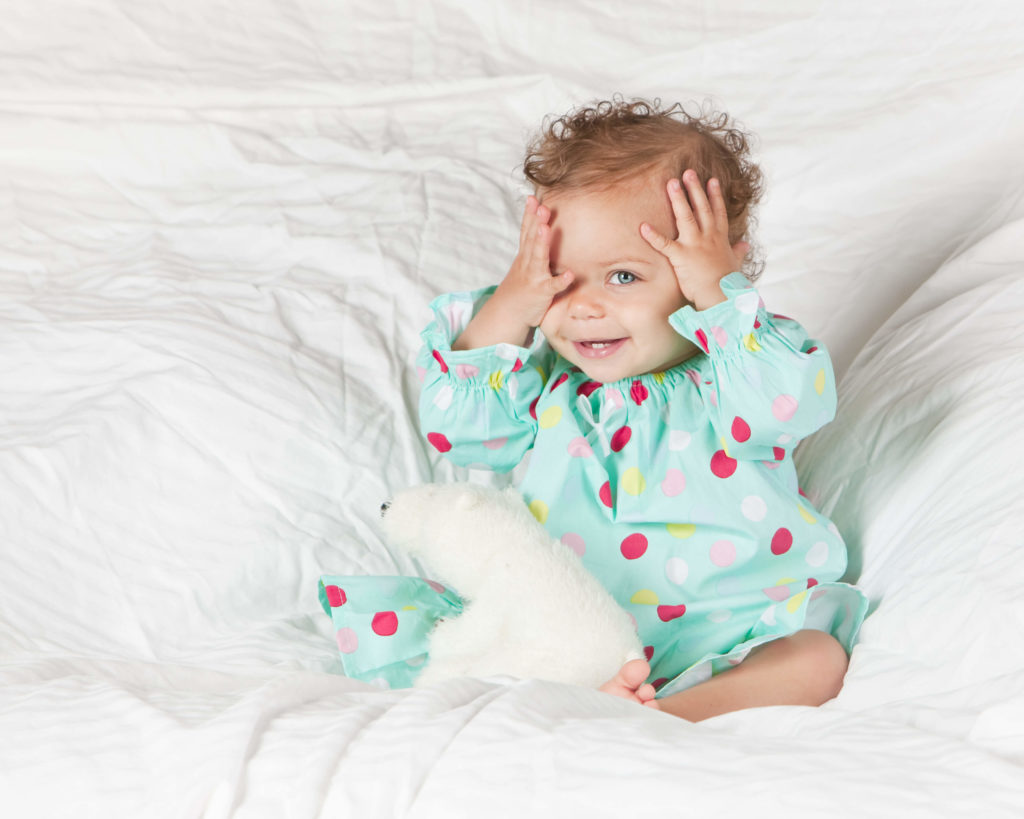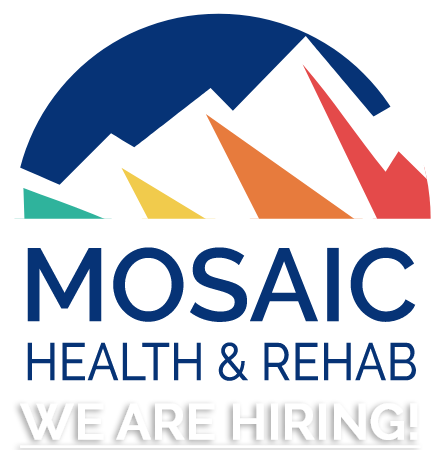Our Blog
06.13.2018
Motherhood, The Body Changes Nobody Tells You About
Congratulations! You’ve had a baby! Now you get to experience all the challenges and joys that motherhood can bring. A mother’s world revolves around that little bundle of joy. Sure, now you may pee a little when you laugh and/or sneeze. You can’t sit up in bed as easily as you used to. Your usual

04.25.2018
Single Leg Balance in Kids
Here are some statistics about single leg balance: Why is Single Leg Balance Important? So your child should be able to balance on 1 foot. But why do we care? Single leg balance is a building block for more advanced skills that your child will develop as they get older. These skills include: kicking a
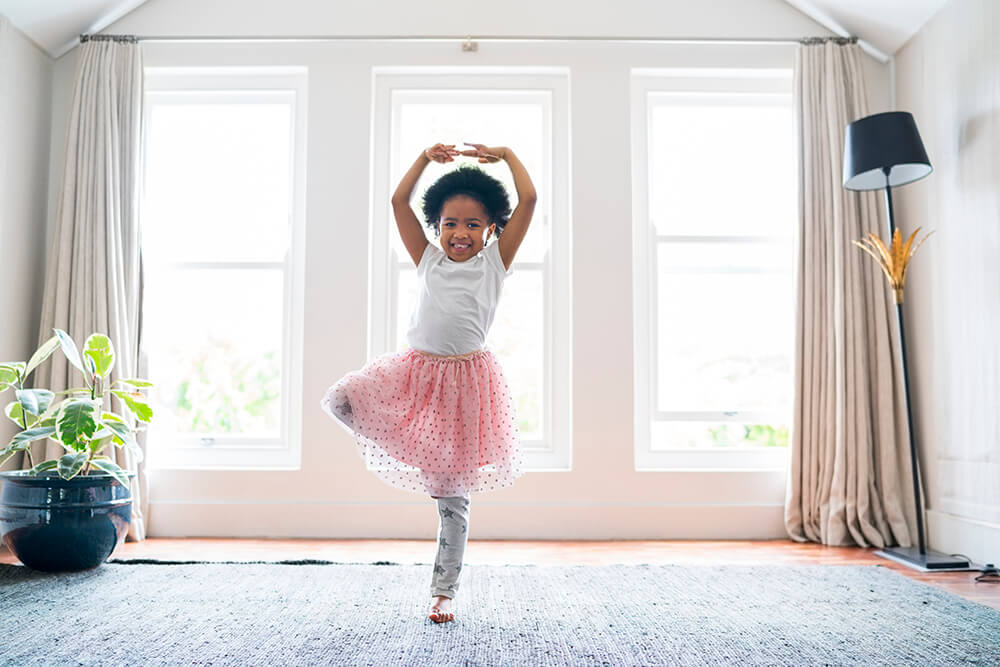
03.05.2018
Understanding Dyslexia
For dyslexia, early identification of both strengths and weaknesses is key to success with education. Dyslexia is often seen as a disadvantage. When it is viewed as a different way of thinking, this thinking can lead to success. Understanding dyslexia can help make learning easier. HOW DYSLEXIA AFFECTS LEARNING Reading Difficulty recognizing and manipulating sounds,
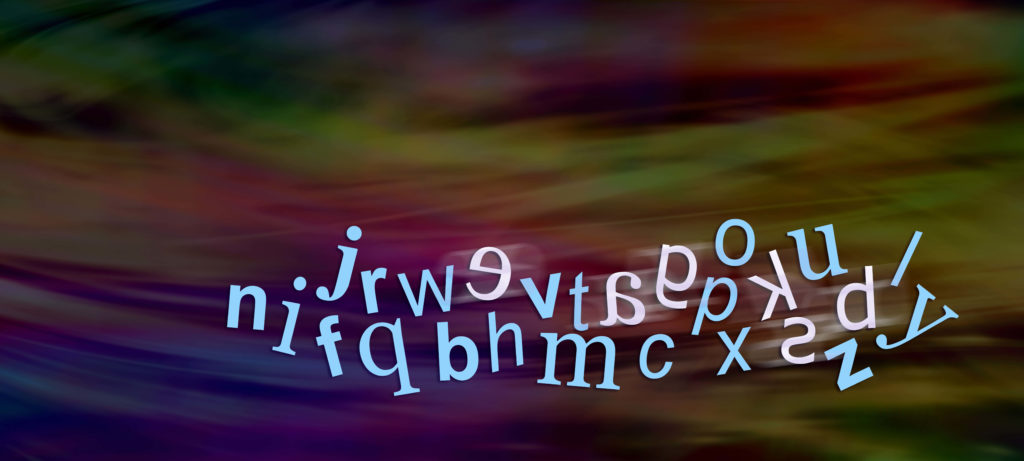
07.02.2018
Infant Reflux
Has your little one ever spit up after a feeding? This may occur even an hour or two after eating. Maybe he burped and something consequently gave him a sour face? Or he started to move his tongue in and out for example, and then you noticed him swallow? If so, he was likely experiencing
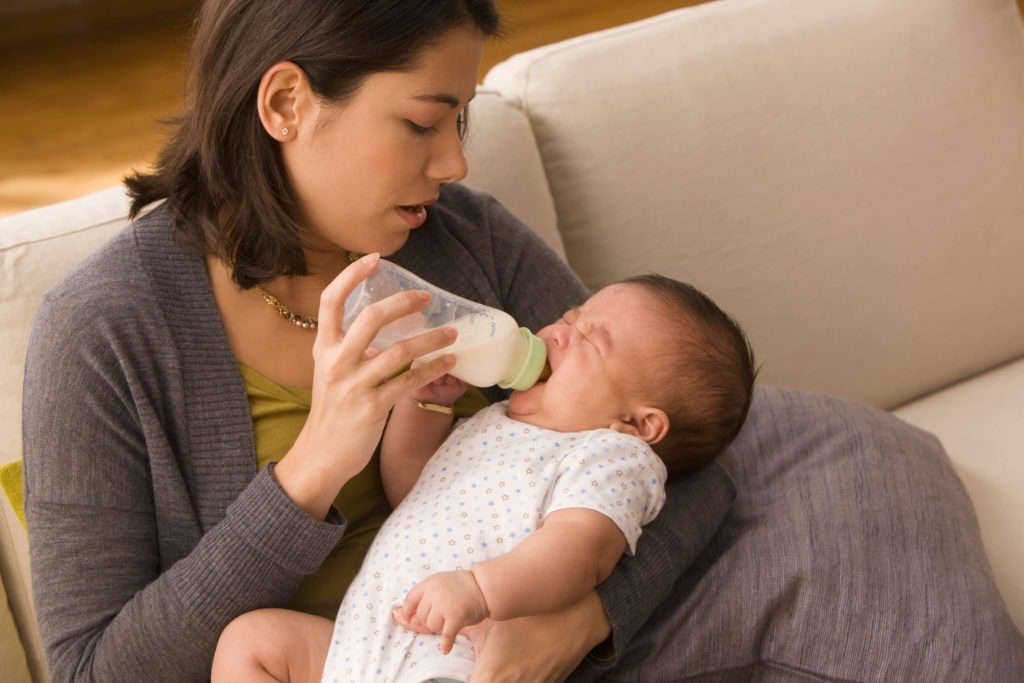
06.04.2018
Is My Child Ready to Start Talking?
Before the development of first words, children need to be using and pairing prelinguistic or “pre-language” acts consistently. Prelinguistic communication includes meaningful use of gestures, imitation, vocalizations, and eye contact to communicate. Children must also achieve: joint attention, shared enjoyment, communication intent, persistence, and social referencing before being able to use verbal language functionally to
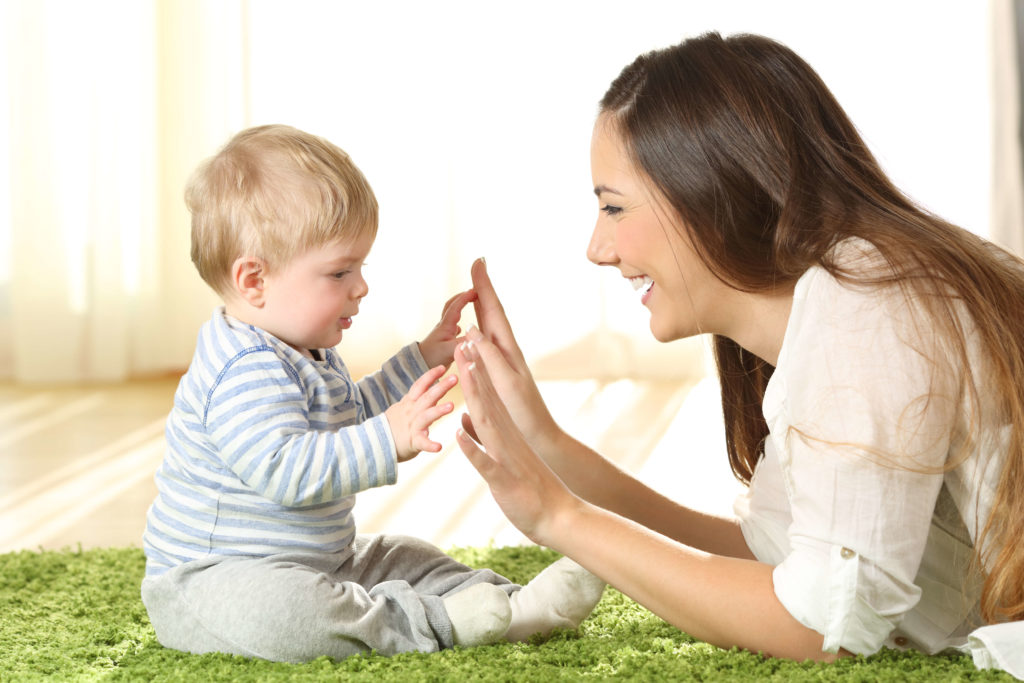
04.03.2018
Developmental Communication Milestone Series: 4-8 Months
What does communication at 4 to 8 months of age look like? Before babies can talk, they begin to understand language and words. At this stage, babies are beginning to recognize basic emotions, words, and gestures. They show preferences and interests by their facial expressions, the sounds they make, and their actions. At 8 months
